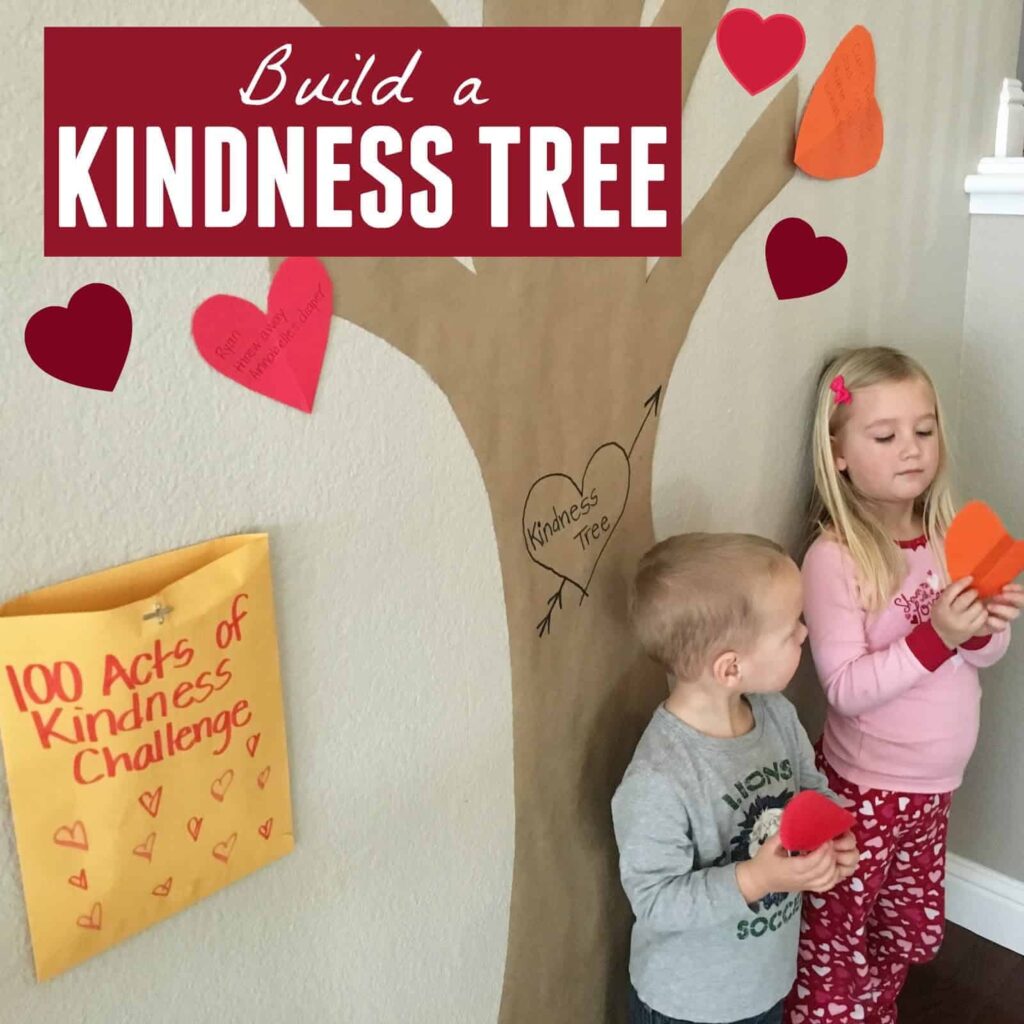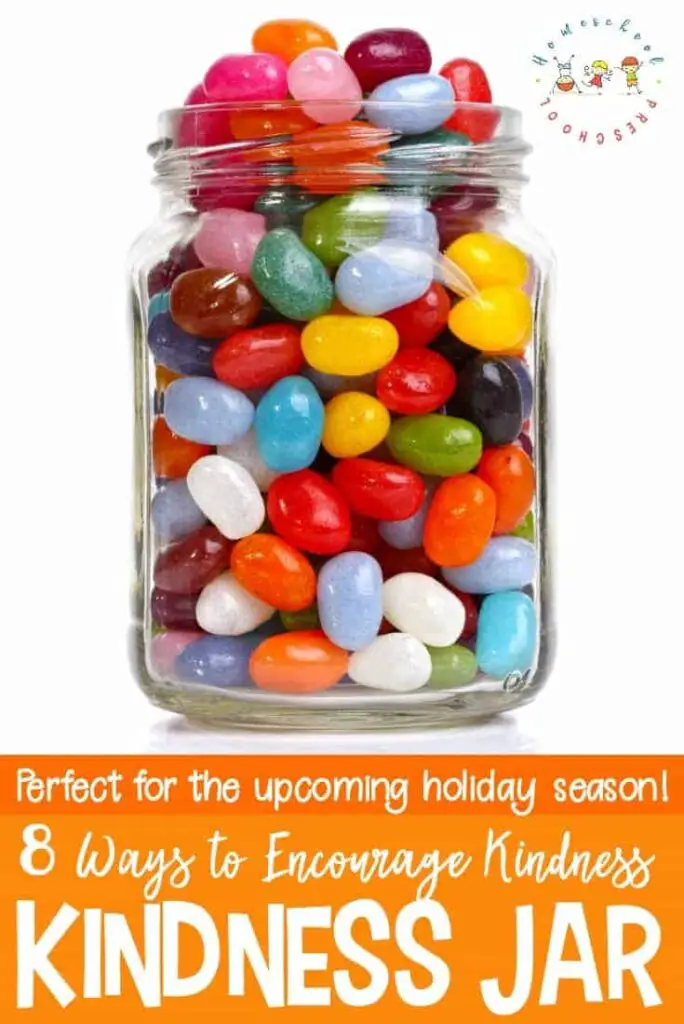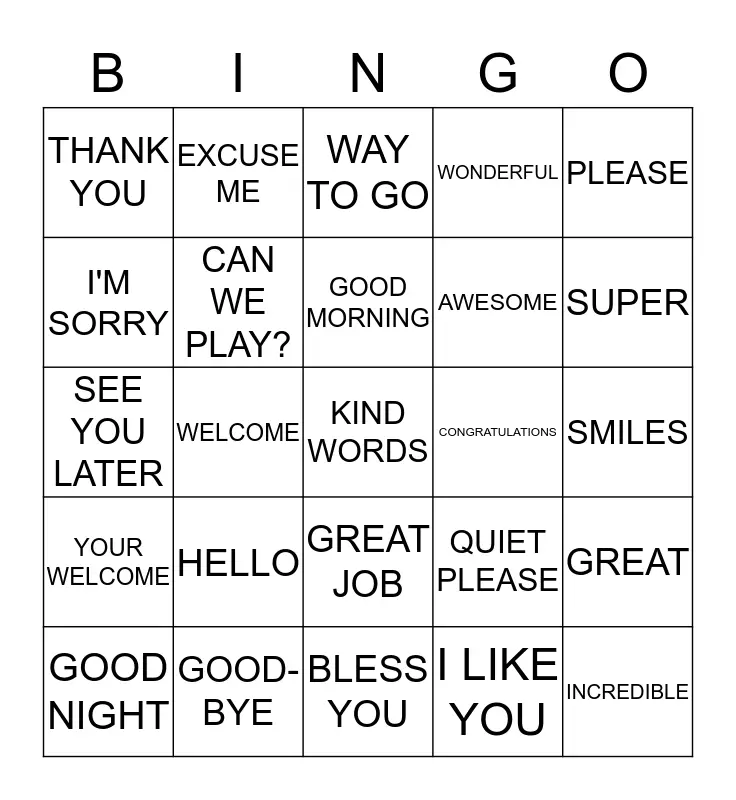Being kind is a trait that is highly valued among children. Good manners, being polite, and showing compassion should start early. There are many engaging activities to teach this skill.
These activities can be rewarding for the child and the community by reading books, singing songs, and playing games. Find all the fun ways to make the kindness theme enjoyable for children.

Stories are powerful tools in and out of the classroom. Reading books on the topic of kindness has the power to transform young listeners.
With almost two dozen books on kindness listed, including contemporary stories and classics such as Dr. Seuss, these are fantastic resources for educators.
The books are written using short, simple sentences that can easily be understood. The illustrations are kid-friendly and appealing to young learners.
Children can easily relate to the characters and their circumstances in various settings such as school, community, public places, and home. The stories reflect the common problems children go through.
The stories address issues related to good manners, acceptance, diversity, inclusivity, stereotypes, prejudices, and others. All of these were viewed differently, reflecting what kindness is.
These stories are great for circle time and cool-down time. They are a great companion for activities on the topic of kindness. Videos of teachers reading aloud these stories are available online as options for hard copies.
Having children listen to read-alouds may have a tremendous impact on their literacy skills and how they view the world. These books can also be used to anchor lessons on kindness.
For this activity, you will need:
- A copy of books on kindness
To find out more about the books, head over to WeAreTeachers.com

Banking on catchy melodies and lyrics to teach kindness is a wonderful idea. Children love to sing and easily remember the ideas embedded in these songs since most of them tend to have repetitive phrases.
Songs based on a familiar tune can quickly be learned. All the songs featured on the site are encouraging. They impart the concept of valuing oneself and help promote positivity.
This activity teaches specific ways to be kind to others, such as sharing toys with others in school, showing respect, having good manners, being polite, and using simple gestures to relay kindness to others.
Including the “kindness songs” is an excellent practice during circle time. Have them sing a different song every day or just one highly preferred by the class. Use some simple movements to go with the lyrics.
Children will become empowered as they sing these songs regularly. They will become more aware and active in being kind to others in and out of school.
For this activity, you will need:
- An audio version or video of the songs
For more information on this activity, head to TheEducatorsSpinOnIt.com

Integrating games into lessons is highly advised. Children are exceptionally interested in fun and exciting activities.
Here’s a simple game to play that will engage young learners in the topic of kindness. This activity can be done during circle time as it requires children to be in a circle formation.
Prepare a ball or a beanbag to pass to each one in the circle. Explain the game’s dynamics, that each child will take turns passing the beanbag. The child passing the beanbag will say something positive to the recipient.
The teacher may demonstrate how the game works. Any good deed, encouraging words, or words that reflect the person’s character are accepted as long as they are constructive.
This activity is a confidence-builder and teaches children to find the good in others. It will help them appreciate others and learn to be more compassionate as they focus on others’ innate goodness.
For this activity, you will need:
- A small ball or a bean bag
For more information on this activity, check out EmpoweredParents.co

Another way to cultivate compassion in class is through Group Circle, which is another excellent activity for circle time. This way, they can see each other.
Let the children know that each one in the circle will have an opportunity to talk. They are also required to listen intently to the speaker.
An item called “Talking Piece” will be passed around the group. The child who holds the talking piece has the chance to talk about the topic or question provided by the teacher.
This step is an indicator for everyone to listen to whoever is holding the talking piece. The teacher may begin with a practice of passing the talking piece around and demonstrating how the activity works.
This activity aims to find out how each one is doing by sharing their feelings and thoughts about the given topic. Possible topics for discussions can be about things that made them feel happy or sad that week.
This activity is a great way to help learners understand what others are going through by listening. They will learn to recognize and process different emotions as they listen to others talk.
For this activity, you will need:
- A talking piece to pass around like a stuffed toy.
For more information on this activity, go to PositivePsychology.com

Helping children understand that they can spread kindness and make the world a better place is possible with these bucket filler activities. A bucket filler is anyone who shows a gesture of kindness to others.
There are bucket filler lessons that can be done conveniently inside the classroom. The lessons are tailored for every grade level and come with different exciting activities.
These activities include reading books and watching videos that promote acts of kindness. Showing videos of real-life examples of being a bucket filler will expose them to the effects of compassion for others.
Using bulletin boards to make visual reminders for children that kindness is encouraged inside the classroom. There are many bucket filler-inspired bulletin boards to choose from.
There are also writing activities for children to be reflective on the different ways they can be caring to others. Children are also encouraged to write kindness to their classmates.
For more advanced and organized children, a calendar is also available to plan their month-long journey of being bucket fillers.
For this activity, you will need:
- Books, videos, and materials to make bulletin board displays
For more details on this activity, go to ProudToBePrimary.com

If you’re wondering whether nature and kindness go together, this activity may be the one you’re looking for.
Kindness rocks are not just a creative project. It is a movement that aims to spread cheer and positivity to those in need. The idea is to use rocks to inspire others to feel better.
The suitable rocks for this activity should have a smooth side and be small enough to hold with one hand. Use paint to cover the entire rock. Allow the paint to dry.
Decorate the rocks using paint or markers. Next, write inspiring words on the smooth side. These can be a one-liner or a single word that will make someone’s day better. Once dry, spread the rocks around your neighborhood.
Find areas to place these that will get noticed and for passersby to take home. These rocks will be a reminder for them to always look at the bright side no matter what their circumstances are.
For this craft, you will need the following:
- Paint
- Paintbrush
- Rocks
- Markers
- Sealant spray
For more details on this activity, go to NoTimeForFlashcards.com

The kindness tree is originally a family affair. However, this activity can be adapted for classroom use. The concept of this activity revolves around challenging each one to do a hundred acts of kindness.
These acts are rewarded with hearts with notes on the kindness done. These notes are placed on the tree for everyone to see and to be inspired to do the same.
Outline a tree on brown paper. Cut and attach to the wall. Ensure that the tree is tall enough for children to find or read the notes on the hearts.
Attach the manila envelope beside the tree. This activity uses heart-shaped papers, but feel free to use the children’s preferred shape.
Cut heart shapes from cardstock that are big enough to write the children’s good deeds. Place all the hearts inside the envelope.
Challenge everyone to do simple things inside the classroom or around your home that can be worth writing on a paper heart. These actions may include helping a classmate, sharing toys, and using kind words.
You may celebrate once all hearts are on the tree.
For this activity, you will need:
- Cardstock in different colors
- Scissors
- Painter’s tape
- A large roll of brown paper
- Black marker
- Manila envelop or any type of large envelope
For more information on this activity, go to ToddlerApproved.com

A Kindness Jar is a system to encourage children to act kindly. Depending on the target goal, modify this activity to fit what the class intends to achieve.
Use a clear jar to make it easy for children to monitor. The content may vary based on the class or home objective. Use dried beans, candies, stickers, pompoms, plastic jewels, and simple notes on the children’s good deeds as jar contents.
This activity can be a jar for good deeds. Children may fill the jar with small papers containing information about their good deeds. Once filled, reward the class.
Children may be rewarded with a particular class activity, food, or a game. To make it more fascinating for children, use regular dried beans to fill the jar with good deeds. Once complete, replace it with jelly beans for everyone to enjoy.
Another idea is that each child may also have a jar. Instead of snippets of good deeds, the jar may be filled with chocolate kisses for each act of kindness they perform. Once full, the children may choose who to give it to.
Teachers and parents can also read a random good deed act from the jar to encourage listeners and build confidence in acting with compassion for others.
Aside from using kindness jars as a reward system, they can also be used to teach children that unkind actions can sometimes be devastating. Do this by taking out several beans from the jar for every unkind action.
For this activity, you will need:
- A transparent jar
- Contents for the jar (beans, paper, candy, etc)
For more information on this activity, check out HomeschoolPreschool.net

Bingo is a classic game that can be tailored for classroom use. Make this game fun for children to learn kindness by changing the numbers on the cards with good deeds.
The kind acts can be customized to suit the class. They can be limited actions within the classroom, such as sharing a toy or helping a friend. They can also include actions that encourage kindness to family members.
To create the bingo cards, use a bingo generator app to customize the layout and content. Another option is to make one using the word processor to create a table format printed on cardstock.
The good deeds may be written manually or typed inside each cell. Have the children decorate the cards to make them unique.
Modify the rule of this game to make it fun and exciting. One way is to use candies or stickers as place markers. The winner for each round gets them all.
For this activity, you will need:
- Kindness bingo cards and caller cards
- Place markers
For more information on this activity, go to HomeschoolAdventure.com

Being kind and compassionate does not only apply to other people. Self-love is also a valuable tool in building one’s character. It is empowering and promotes positive self-esteem.
Children will learn to become more introspective, reflecting wisely on their past actions and thoughts as they move forward. This activity is the perfect weapon to fight against negative thoughts.
Ask the children to talk about themselves-what makes them feel bad about themselves. Help the child identify positive attributes that will negate the negative thoughts.
Allow children to be reminded of these positive traits by having them written and posting them in areas that can easily be seen. For younger children who cannot read, have them draw these positive traits of themselves.
Whenever children feel down because of failure, rejection, or other reasons, have them look at their positive drawings or notes to remind them of their strengths. Please encourage them to dwell more on their strengths rather than the situation.
For this activity, you will need:
- Sticky notes
- Pen or marker
For more information on this activity, go to LearnWithHomer.com
Conclusion
Practice will help improve children’s social skills over time. Children will learn to be compassionate and mindful once these activities are regularly practiced.
Doing simple acts of kindness will help build a character that appeals to everyone. Teaching children to love themselves will also help them become emotionally stronger over time.
Be sure to check out these activities. Thank you for reading!
Other preschool crafts and activities that might be helpful:






